Tech
Some UFOs may be hidden from our national leaders
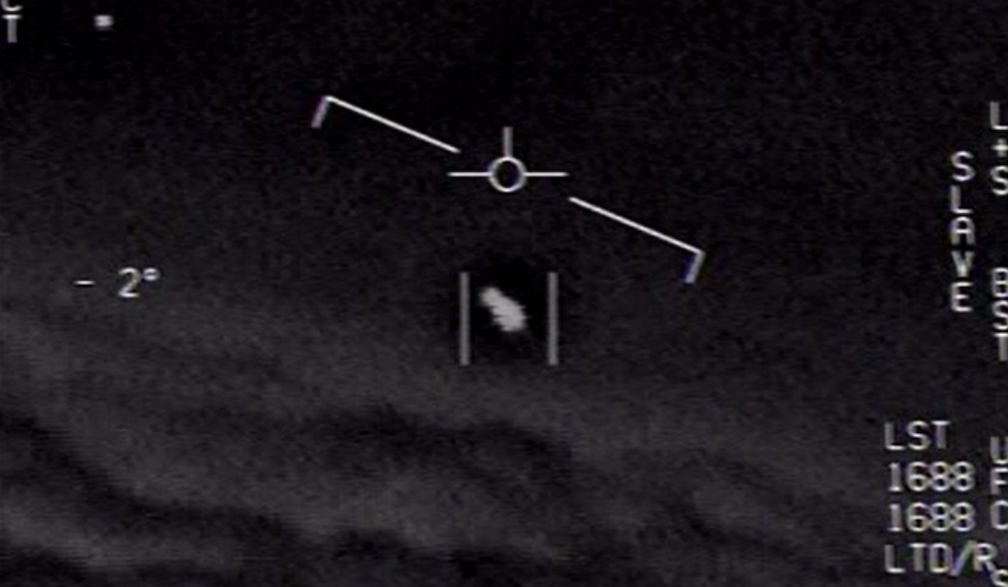
An unassuming loophole might be giving the U.S. government and its private contractors free rein to withhold evidence of unidentified craft traveling well above our skies — in outer space.
That's the argument made by former Capitol Hill policy advisor and attorney Dillon Guthrie, published this January in the Harvard National Security Journal, a publication run by Harvard Law School. Guthrie spent three years as a legislative assistant to Senator John Kerry covering national security issues and later worked directly for the Senate Foreign Relations Committee. He describes this UFO loophole as a kind of "definitional gap."
"Congress has redefined what were formerly called 'unidentified flying objects' [UFOs] to first 'unidentified aerial phenomena' [UAP in 2021], and then the following year to 'unidentified anomalous phenomena' [also UAP]," Guthrie told Mashable.
As Americans have been learning a lot lately in the age of Elon Musk's DOGE, the devil is in the details when it comes to the nation's large and complex federal bureaucracies. And an antiquated, mid-century sci-fi concept like "unidentified flying objects" packed a lot of assumptions into one short acronym. That's a reality lawmakers determined would hinder good faith efforts to seriously investigate more credible cases of UAP reported by U.S. military personnel in recent years.
Did the Navy pilots who witnessed the now notorious 2015 "GoFast" UFO, for example, really see something that was aerodynamically "flying"? Or was it just floating, like a balloon? Was it or any other strange airborne sighting truly a hard physical "object"? Or were these cases all something more amorphous and temporary, like the plasmified air of ball lightning?
As a term, UAP has offered a more broad and empirically conservative bucket for some of these still as-yet-unexplained events, categorizing them in a way that is not just more palatable to scientists and government officials; it has also made it harder for secretive U.S. defense and intelligence agencies to dodge the new annual reporting requirements now mandated by Congress, as part of the National Defense Authorization Act (NDAA). Or, that's the idea, in theory.
A careful study of the NDAA's most recent definition for UAP, as Guthrie noted in his new article, indicates that "data of any unidentified, spaceborne-only objects may be exempt."
"Under that current statutory definition, there are three kinds of unidentified anomalous phenomena," Guthrie told Mashable. "The first are airborne objects, or phenomena, that are not immediately identifiable. The second are submerged objects [or phenomena] that are not immediately identifiable — so, these would be unidentified objects in the 'sea domain,' or underwater."
"And then there's this third category of UAP, which are 'transmedium objects,'" he continued, "those that are observed to transition between, on the one hand, space and the atmosphere, and, on the other hand, between the atmosphere and bodies of water."
"Just under that strict reading of the definition," Guthrie said, "there is no spaceborne-only UAP."

Credit: NASA / Joel Kowsky
Any U.S. intelligence agency or branch of the military, in other words, that tracked a spacecraft circling (but respecting) Earth's border would be free to legally withhold that incredible hard data from Congress. And dozens of very recent cases like this may very well exist: Last November, the Defense Department's official UAP investigators with its All-domain Anomaly Resolution Office (AARO) disclosed that no less than 49 of last year's 757 cases in their annual unclassified report involved strange sightings of UAP in outer space.
AARO's 2024 report emphasized, however, that "none of the space domain reports originated from space-based sensors or assets; rather, all of these reports originated from military or commercial pilots or ground observers." But, Chris Mellon — formerly a minority staff director for the Senate Intelligence Committee and a deputy assistant secretary of Defense for Intelligence under Presidents Bill Clinton and George W. Bush — believes that this lack of sensor data is likely "a failure of reporting."
"Why is it that none of America's unparalleled space surveillance systems captured and reported what these pilots observed?" Mellon asked in an essay for the technology news website The Debrief this month.
"Did these systems actually fail to capture any data, or is this another case," the former Pentagon official continued, "in which the information is simply not being shared with AARO or Congress? If the pilots and ground observers were mistaken, cross referencing with these systems could help confirm that as well."

Credit: U.S. Space Force
Mellon, a longtime advocate for transparency on UAP, recounted his own past government service experience supervising one of these systems, the Ground-based Electro-Optical Deep Space Surveillance (GEODSS) stations now managed by the U.S. Space Force. First established in the 1980s to effectively spy on spy satellites and other foreign orbital platforms, GEODSS can track objects as small as a basketball sailing 20,000 miles or more above Earth's surface.
"Many years ago, I asked a colleague visiting the Maui GEODSS site to inquire if the system had recorded anything 'unusual' in the night skies lately," Mellon recalled. "Sure enough, just a month or so earlier, the system recorded what appeared to be 4-5 bright objects traveling parallel to the horizon."
GEODSS personnel reportedly were baffled. These gleaming objects appeared to be at once too slow and consistent in their trajectory to be meteors but too fast, hot and high up in space to be any known aircraft.
"Site personnel had no idea what the objects were and, in those days, had no incentive to acknowledge or report the data," according to Mellon. "That incident occurred in the 1990s, when the GEODSS system was far less capable than it is today."
And, as Guthrie told Mashable, the full suite of America's space monitoring, missile defense and early warning platforms could easily be recording critical, perhaps world-changing evidence about UAP — which could reveal if it's another nation's advanced spacecraft, something mundane, or something truly unknown. Data from these systems — including the Space Fence, NORAD's Solid-State Phased Array Radars (SSPAR), the Space-Based Infrared Monitoring System (SBIRS), and others — could also be kept under wraps based on just this one technicality.
"If there are no requirements to report on spaceborne-only UAP," Guthrie said, "then there are no requirements by elements of the defense and intelligence communities to report on those objects using these especially sensitive space collection sensors."
"Our ballistic missile defense people were very concerned."
The now well-known 2004 USS Nimitz "Tic Tac" UFO incident, made famous by The New York Times in 2017 and testified to under oath in Congress, included the monitoring of similar objects in space, according to veteran Navy radar operator Kevin Day. Then a senior chief petty officer supervising radar efforts onboard the USS Princeton, a guided-missile cruiser with the Nimitz carrier strike group, Day told Mashable that crew tasked with looking out for ICBM warheads saw these unexplained tracks moving up at 80,000 feet.
"Our ballistic missile defense people were very concerned," Day told Mashable.
Greater engagement with these kinds of potential UAP risks does not appear to be on the way from some of the United States’ best unclassified collection tools — the worldwide network of astronomical observatories and satellites managed by NASA. Despite much fanfare around NASA’s announcement of a dedicated director of UAP research in 2023, the position has been left quietly vacant since September 2024, according to a recent statement from the space agency’s press office.
Guthrie chalks the crux of this problem up to "an absence of overarching political oversight."
"There have been so many agencies that have been alleged to have been or currently be involved in the UAP matter," he explained. "It's all too easy for any of these agencies to pass the buck."
Guthrie hopes lawmakers will take-up the advice offered by former Pentagon official Luis Elizondo, who told Congress last November that it should "create a single point-of-contact responsible for a whole-of-government approach to the UAP issue."
"Currently, the White House, CIA, NASA, the Pentagon, Department of Energy, and others play a role, but no one seems to be in charge," Elizondo added, "leading to unchecked power and corruption."
Beyond redefining the strict legal definition of what UAP means, or even creating a new acronym that would bring "clarity to this issue," Guthrie argues that this more centralized, whole-of-government approach could also help close-up these kinds of loopholes.
"Breaking down those stovepipes," as Guthrie put it, "and along with those stovepipes the ability of a particular agency to just say, 'Oh, we don't feel the need to further act on this matter.'"
Tech
Why is this French fish taking over your FYP?

I’m a firm believer that the internet runs on two things: catchy beats and weird little guys. This week’s weird little guy? A French fish with arms, legs, and undeniable star power.
Le Poisson Steve, a chiptune earworm by French musician Tomo, found its way into virality through an animated clip by illustrator Vigz. The concept is delightfully minimal. Steve is a fish. He is orange. He has arms and legs. That’s the whole thing — and it works.
The language barrier doesn’t matter. Even with a handful of French, the song’s appeal cuts through. Steve’s pixelated strut and absurd confidence have already sparked a tidal wave of fan art and edits.
Steve the Fish now belongs to the internet — another funky little guy for the digital canon. Plus, there's a longer version of the song you can listen to on Spotify.
Tech
The very best password managers, as recommended by our experts
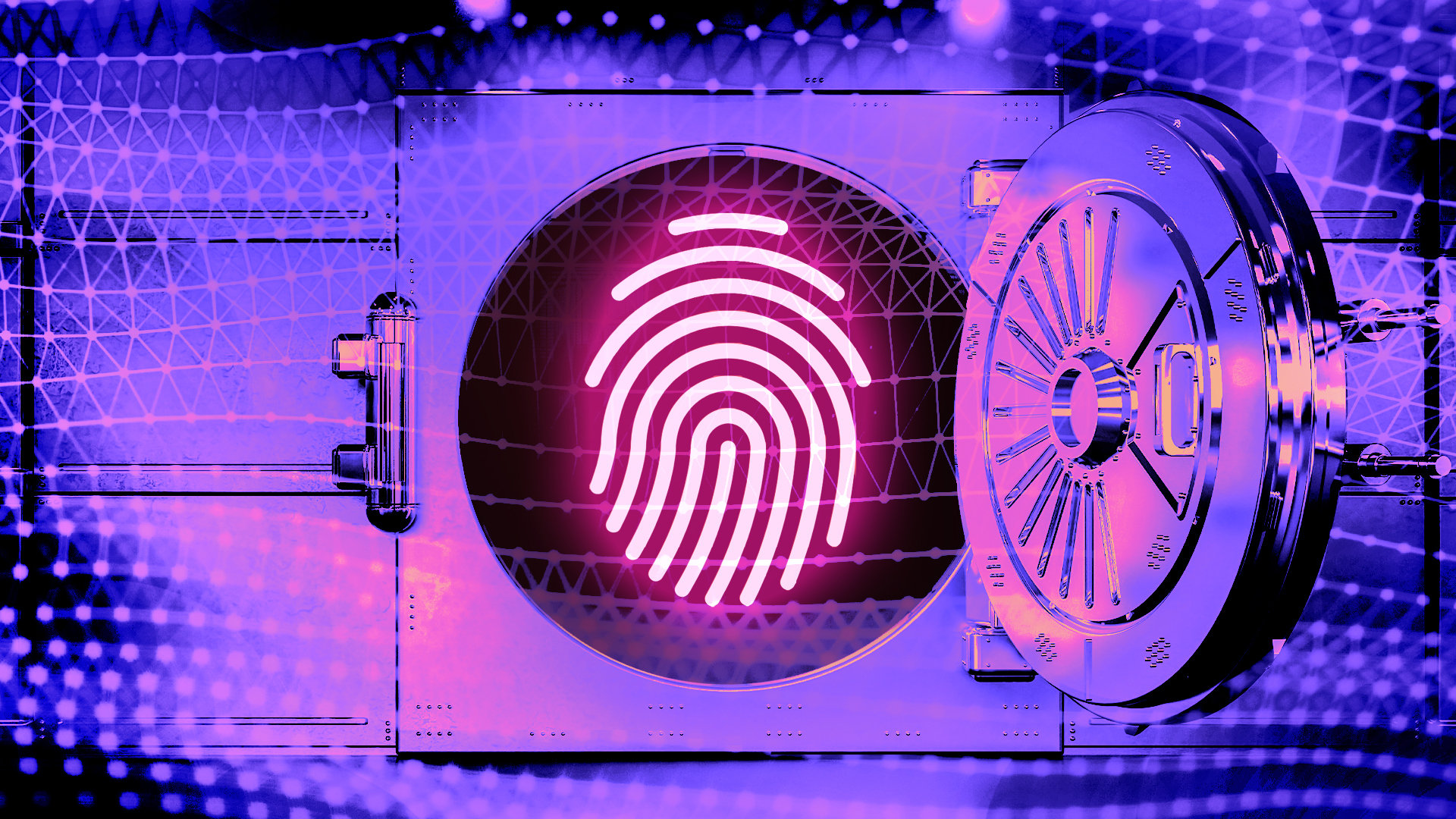
Best deals on password managers this week
-
LastPass
—
$1.95 Per Month (35% Off New 1 Year LastPass Premium Plan) -
RoboForm
—
$0.99 Per Month (60% Off 1 Year RoboForm Premium Plan) -
Keeper Security
—
$1.67 Per Month (50% Off 1 Year Keeper Security Personal Plan) -
Dashlane
—
Start Your Free 14 Days Dashlane Trial for Your Business
The well-known advice is that you shouldn't use the same password for everything because it's not safe, but that doesn’t make it any less annoying as you’re mentally shifting through every password and variation as you try to log into a bank account or online shop. Creating strong, complex passwords is your most powerful tool against getting your data stolen, but actually remembering those passwords? Oh, man.
Enter: password managers. AKA your best friend in keeping your online accounts safe and saving you the frustration of having to remember all those different passwords. Google and Apple now have built-in password manager tools, but if you want to add some extra layers of security, here are the best password managers.
What does a password manager do?
The best password managers are essentially a way to safely store all your logins and passwords in a safe place. All you have to do is remember one master password and then your password manager will autofill the rest for you. In other words, a password manager is like a secure list of passwords in your phone's notes (or a notebook, if you’re old-school), except losing your phone or notebook won't mean that your entire life is about to be hacked.
Password managers can be apps on your mobile phone, plugins in your browser, or desktop software you install. Some will also help you create, not just store, some super secure passwords that a hacker wouldn’t be able to guess so you don’t have to keep thinking of variations based on your pets’ or kids' names.
The best password managers will also allow you to secure your devices — like your Kindle or Apple Watch — and even your photos and other private documents that you won’t want easily accessible on your computer or smartphone. Think of it as a form of personal encryption to add even more security to your digital life.
Things to consider when choosing a password manager:
-
Do you want passwords to be remembered on your phone and laptop? If so, you'll need to make sure the password manager allows syncing on multiple devices. (As you'll see, most free versions other than LastPass do not allow more than one device.)
-
Are you storing passwords just for personal use or do you need to share with a group? Some password managers will allow you to share logins with colleagues or family without actually telling them what the password is. That will allow you to give them access to a site or platform you all use — and remove their access if you need to — without having to worry that they can share the password with people you don’t approve. Others will allow you to set up a family account so that you and your spouse or children can share passwords easily.
-
Two-factor authentication: Using the Google Authenticator app, an external device, text message, or something similar, does the password manager require a second form of insurance to make sure that it's actually you trying to log in? Without this, if someone gets ahold of your master password, they have access to all of your stuff.
-
Emergency contacts: If you forget your master password, you need to make sure you're not completely screwed. Many password managers are equipped with emergency contacts, which are basically the password version of writing someone into your will. This is where you give a trusted friend, family member, or boss access to your master password in the event that you can't provide it.
What is the best password manager?
Interested in employing a password manager to help make your online life a little easier? We’ve sifted through a whole bunch of password manager programs out there so you don’t have to. Below, we’re listing seven of the best password managers and exactly what each plan offers, so you can easily find the one that best fits your individual needs.
Tech
4 of the best robocall-blocking apps and tools for avoiding phone spam
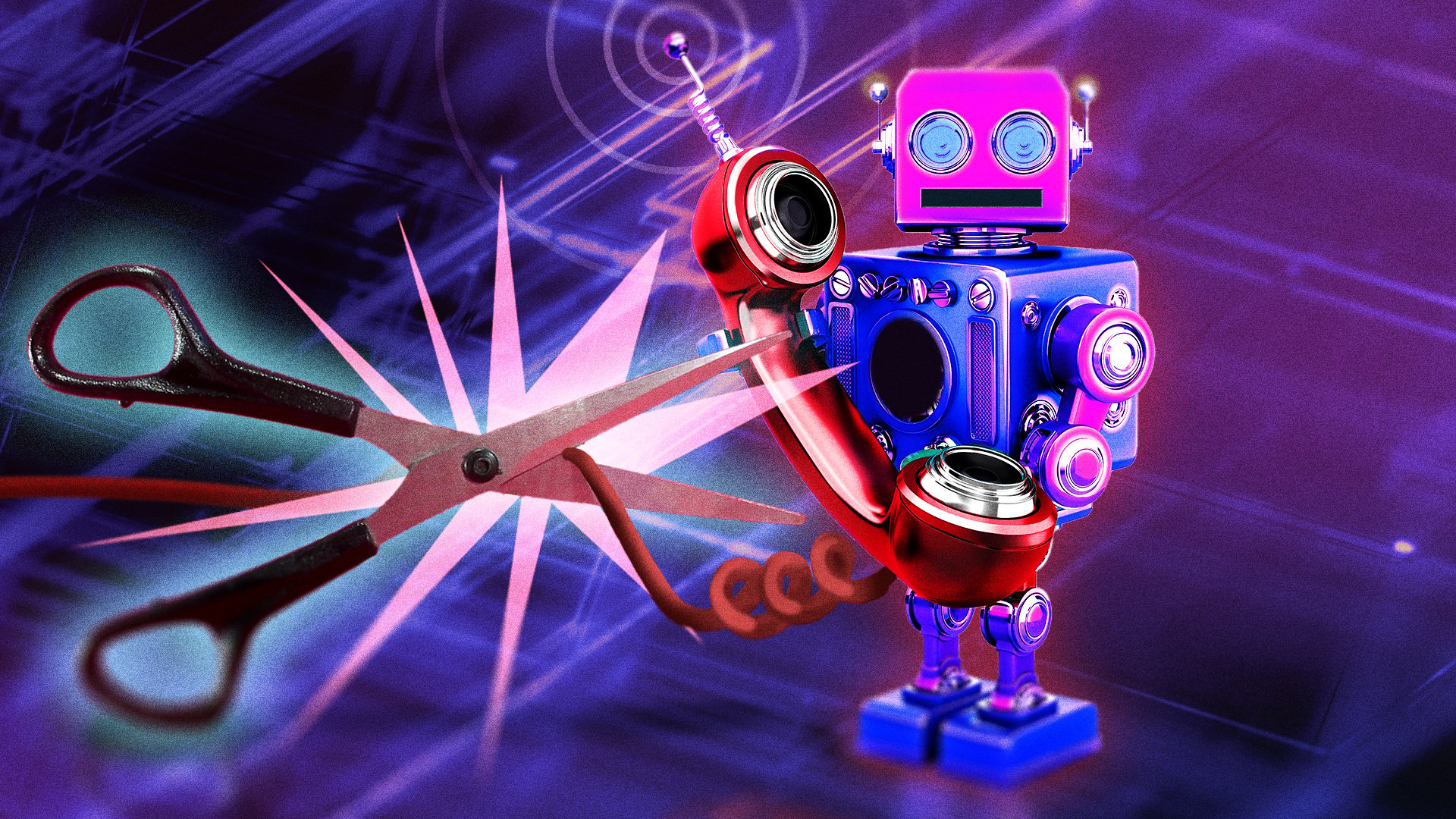
If there's one thing people with iPhones and Android phones can agree on, it's this: Robocalls suck. They're annoying autodialers at best and illegal scams at worst, and they're part of an ongoing problem the Federal Communications Commission (FCC) has been trying to crack down on for years.
A report conducted by the visual voicemail and robocall-blocking software company YouMail estimates that about 52.8 billion robocalls were placed to U.S. consumers in 2024, which worked out to nearly 200 robocalls for every adult with a phone throughout the year. That's down from a pre-pandemic peak of 58 billion robocalls placed in 2019 thanks to FCC enforcement actions in recent years. But it's still enough to make unwanted calls the agency's single largest source of consumer complaints and No. 1 consumer protection priority.
"The FCC knows that these calls are a major concern of millions of Americans, and scam calls in particular can result in very real financial losses and serious consumer frustration," the agency writes on its website.
The FCC has extended its efforts to robotexts in recent years, calling them a "growing problem" and one of the "latest scamming trends." It received more than 24,000 consumer complaints about unwanted texts in the first 10 months of 2024.
You may think you'd be savvy enough to know whether someone trying to reach you about your car's extended warranty is a scammer. But as robocalls have increased in frequency over the past few years, they've gotten more convincing, too. In its latest U.S. Spam & Scam Report, the robocall-blocking app Truecaller called out scammers' increased use of artificial intelligence to make robocalls and robotext scripts "sound more realistic and effective." The report noted that one in four Americans reported losing an average of $452 to phone scams in 2023.
What is the best way to stop robocalls and robotexts?
Then-FCC Chairwoman Jessica Rosenworcel created a dedicated Robocall Response Team in 2021 "to leverage the talents of enforcers, attorneys, policy makers, engineers, economists, and outreach experts" in the agency's fight against robocalls. Since then, the FCC has required phone companies to implement caller ID authentication, enacted rules that stop international robocalls from entering American phone networks, and expanded the restrictions of the Telephone Consumer Protection Act to count AI robocalls as illegal "junk calls." Most recently, it proposed a fine of nearly $4.5 million against a communications provider that appeared to allow robocallers posing as FCC staff.
But federal efforts alone won't be the answer to all of our robocall woes. "Advances in technology have unfortunately allowed illegal and spoofed robocalls to be made from anywhere in the world and more cheaply and easily than ever before," the FCC concedes. "That's why it's become more of a problem for consumers and a more difficult problem to solve." Bad actors' constant rule-skirting has created an infinite game of whack-a-mole.
There's also the issue that many robocalls you get are, in fact, legal, and maybe even wanted — think appointment reminders and emergency alerts. (A robocall's legality depends on several factors, including the technology used to make it, whether it's to a landline or mobile number, and whether it's from a telemarketer who's gotten your consent.) Weeding out illegal calls in real-time without blocking lawful calls is the "most complex part" of the agency's robocall smackdown, it says.
So where does that leave consumers? Along with ignoring calls from unknown or unfamiliar numbers (then blocking them) and listing your phone number on the National Do Not Call Registry, the FCC says consumers can also utilize robocall-blocking apps and services.
Many major phone carriers offer apps for dealing with unwanted calls (ex: AT&T's ActiveArmor, Verizon's Call Filter, and T-Mobile's Scam Shield), so check with yours to see what's available. Phone manufacturers like Apple and Google offer opt-in silencing services that prevent unknown numbers' calls from ringing, too. But if you don't think those tools are powerful enough — most don't actually stop robocalls; they just identify their sources or send them directly to voicemail — you've also got the option of downloading a third-party robocall-blocking app that's purpose-built to stop scammers in their tracks.
What's the best robocall blocker app?
First, some important fine print about these third-party solutions. The pros: Upfront costs for your average call blocker app aren't exorbitant, and most don't require much storage space on your phone. Oftentimes, you won't even be able to tell the app's there. (Some of them are capable of screening and blocking unwanted calls before a user's phone even rings.)
But as former Mashable tech reporter Ray Wong reported, that convenience comes at a cost:
"According to TechCrunch and Dan Hastings, a security researcher at NCC Group, many top robocall-blocking apps share your phone number with analytics firms and [upload] device information such as device type and software version to companies like Facebook without your explicit consent."
To further quote Wong: "Yikes!"
Not every robocall-blocking app is an offender, but even if the one you use doesn't share or sell your data under the table, it probably still collects it. (Many apps rely on a crowdsourced database of numbers to cross-check anonymous callers with already-identified culprits, and those numbers have to come from somewhere — i.e., users' contacts lists.) It's safe to assume, then, that when you're using a third-party blocker app, you're putting personal information like your name, your IP address, and/or your smartphone's name, model, and operating system up for grabs.
All of that being said: If you can get past those privacy concerns, installing a third-party robocall-blocking app remains one of the best and most reliable ways to prevent robocallers, telemarketers, and even pesky political campaigns from reaching you on your smartphone. Just be sure to do your due diligence and pore over its privacy policy first so you know exactly what you're signing up for.
Here are four robocall-blocking apps and tools that we recommend looking into based on their features and user ratings.
-

 Tech2 months ago
Tech2 months agoAre You an RSSMasher?
-
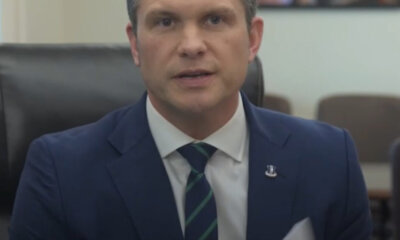
 Politics2 months ago
Politics2 months agoDOGE-ing toward the best Department of Defense ever
-

 Politics2 months ago
Politics2 months agoToxic RINO Susan Collins Is a “NO” on Kash Patel, Trashes Him Ahead of Confirmation Vote
-
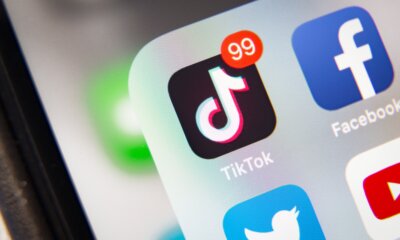
 Tech2 months ago
Tech2 months agoEvery potential TikTok buyer we know about
-
Tech1 month ago
iOS 18.4 developer beta released — heres what you can expect
-
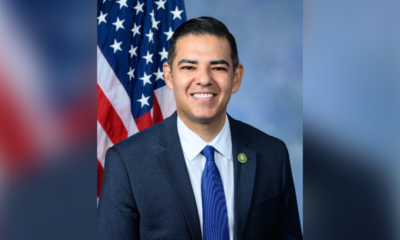
 Politics2 months ago
Politics2 months agoAfter Targeting Chuck Schumer, Acting DC US Attorney Ed Martin Expands ‘Operation Whirlwind’ to Investigate Democrat Rep. Robert Garcia for Calling for “Actual Weapons” Against Elon Musk
-

 Politics2 months ago
Politics2 months agoVigilant Fox: Infamous Dr. Deborah Birx Makes Two Shocking COVID Admissions
-
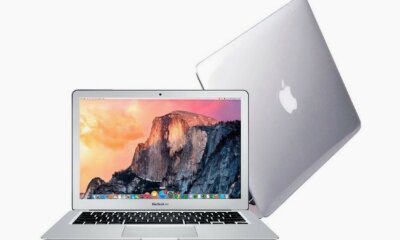
 Tech2 months ago
Tech2 months agoWant one of our $230 MacBooks? They’re almost gone…





